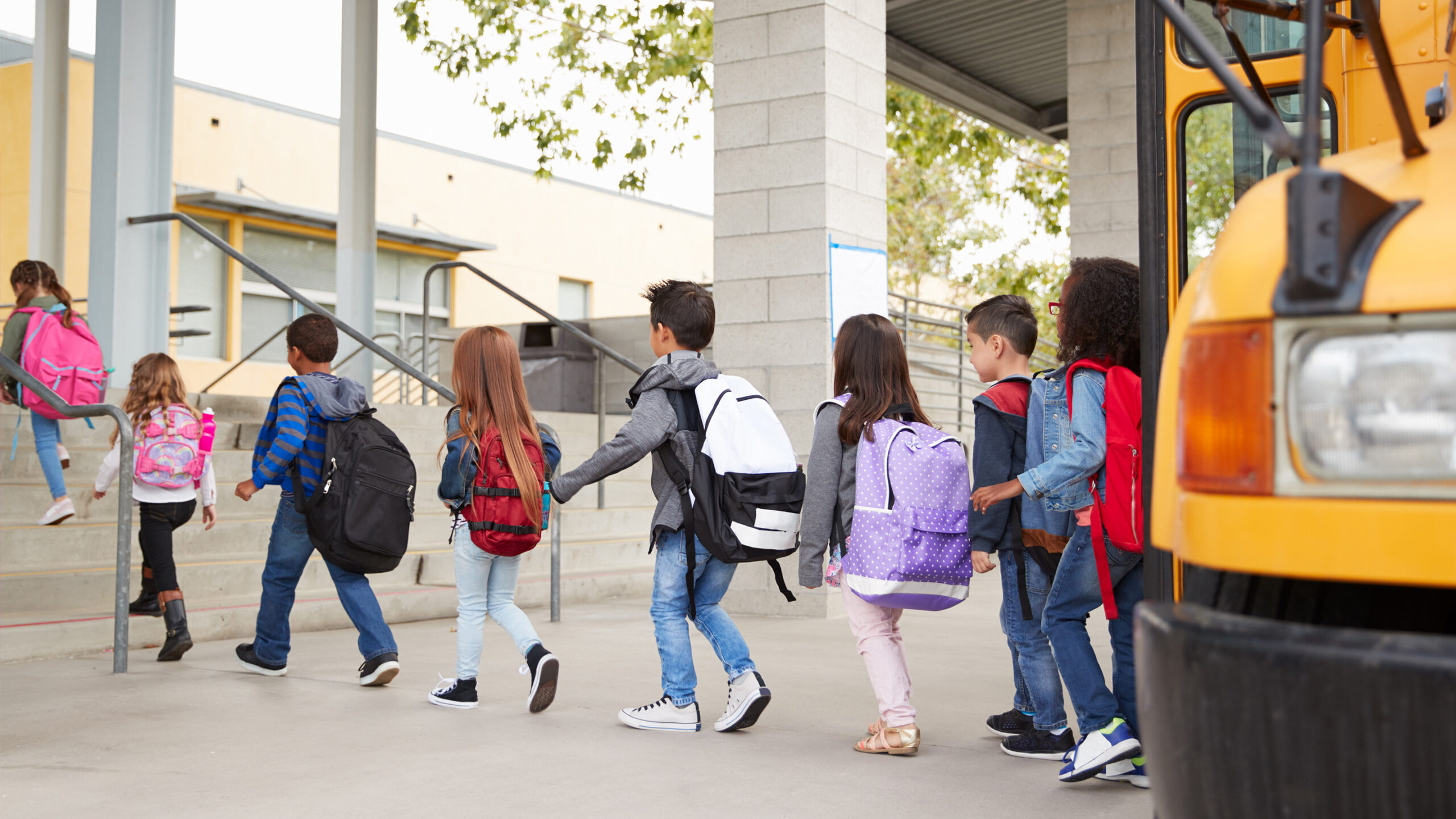During this summer, a team of students from MIT embarked on a journey to the sou …
Organizing the Morning Drop-Off: A Key Priority
Jennifer Livingstone

When my first term as principal began, I was surprised by the chaos that unfolded as children gathered outside the school building. My predecessor had identified three groups of students who arrived: (1) those who walked to school, (2) those who came by school or daycare buses, and (3) those whose parents drove them to school and dropped them off.
I hadn’t expected the disorderly manner in which each group would arrive. I realized quickly that it was up to me to restructure the process and focus on the small details that can make a big difference. I couldn’t delegate this responsibility. As the principal, my influence was essential in bringing stakeholders together, organizing, and communicating expectations. The outcomes, whether positive or negative, ultimately reflected on my leadership abilities.
Identify the Issues
First, I examined how much time was necessary to ensure a smooth and safe arrival process. Although our school officially started at 9:00 a.m., I noticed that some walkers were arriving on the playground as early as 8:00 a.m. This led to conflicts between unsupervised children, creating a culture of unrest and anger that sometimes carried over into the classrooms. It seemed that the parents of these students had not been informed to keep their children at home until a specific time.
Second, traffic flow in and out of the school, which was situated on a busy street, became chaotic. This became even more dangerous in rainy or snowy weather, increasing the likelihood of accidents.
Third, it took at least 10 minutes for our buses (both school-owned and daycare buses) to arrive, unload, and leave. With parent drop-offs happening simultaneously, the congestion often caused traffic jams. As a result, some students were late to class through no fault of their own.
Fourth, no adult supervisors had been assigned to strategic locations to ensure student supervision, management, safety, and direction.
Implementing Improvements
So, how did we improve the student gathering process that occurs in every school? And what were the small details that made a big difference?
While every school is situated in a unique geographical setting, the following considerations can help:
- Establish a clear timeline for when students can enter designated gathering places (such as the playground, multipurpose rooms, or classrooms), usually 15 to 20 minutes before the official start time. Communicate this timeline to parents and other stakeholders. Post it prominently on the school’s website, in the school office, and on the outside marquee.
- Create a map that shows designated drop-off areas and traffic flow. Consult with the school’s transportation supervisor and local police/traffic authorities for input and advice. Install explanatory signs in drop-off areas. Include the map in student, parent, and staff newsletters and handbooks. Review it at parent gatherings.
- Request assistance from the police and traffic patrollers to help direct traffic in and out of the school.
- For walkers, establish a school safety patrol consisting of older students and adult volunteers. Post these individuals at busy intersections and other high-risk locations used by walkers. Encourage parents to assign an adult to walk with and supervise groups of neighborhood students to and from school each day.
- Develop a schedule for adult supervision at the entry points for walkers, bus riders, and parent drop-offs. Adhere to any agreements outlined in employee contracts. Teach the expectations for adult supervision and do not settle for mediocrity.
- Coordinate a strict arrival time with bus drivers. They can communicate and align themselves using mobile devices and connect with the adults supervising the process at the school.
- Create plans for various weather conditions and other factors that may affect traffic flow and student safety.
- Assign adults to supervise locations where students disembark from buses and where parents drop off their children in cars. Train these adults to greet students, parents, and bus drivers with a friendly attitude and warmth, setting a positive tone for the day.
- Teach students how to come together in an orderly manner and line up for entry into the building at the designated time, signaled by a bell or whistle. Classroom teachers should meet their students at the door.
- As a wise principal, be visible in all strategic locations, greeting people, communicating expectations, assisting, supervising, and constantly evaluating the morning gathering process for continuous improvement. Allocate equal amounts of time to each location and provide constructive feedback.
The importance of paying attention to small, unique details that impact student safety, communication of expectations with adults, staff supervision, and neighborhood stakeholders cannot be underestimated.
When success is achieved, these details should also be replicated to enhance a smooth and effective dismissal process, while keeping the considerations established for morning procedures in mind. Your attention to and control over the multiple factors affecting students’ daily entry and exit from school will be appreciated and praised by parents.

